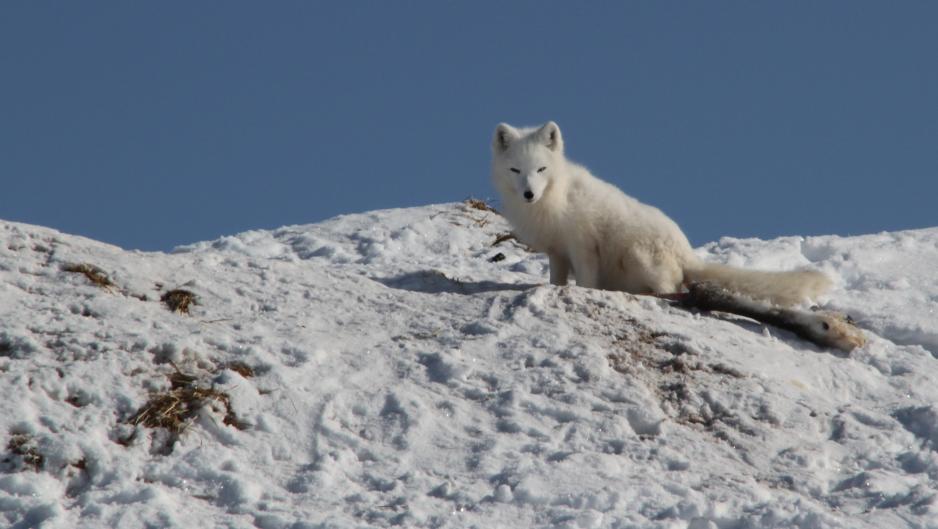Arctic Foxes Born in Captivity Survives in the Wild
Breeding and releasing Arctic foxes into the wild has been successful, according to the Norwegian Institute for Nature Research (NINA). This species lives in harsh environments all over the circumpolar region.
The journey of 915 Arctic fox pups in a Norwegian breeding program has been closely followed by NINA researchers in the period from 2007 to 2020. Based on the data, the researchers have investigated their survival and ability to establish themselves and have offspring of their own – also compared with Arctic foxes born in the wild.
When the release of Arctic foxes began, four sub-populations in the country – including on the Varanger Peninsula in Finnmark, Northern Norway – were considered extinct. These populations have now been revitalized.
"Somewhat surprisingly, we found that the foxes from the breeding station come out just as well as those born in the wild. This is the primary success criterion for a conservation program that attempts to re-establish a threatened species through release," says Arild Landa, Senior Researcher at NINA.
Having as little as possible contact with humans is central to the breeding program – with the aim of having the foxes survive alone in nature.
The research project shows a clear connection between access to small rodents on the one hand and the Arctic fox's survival and reproduction on the other. Crucial to the species' survival long-term seems to be arrangements for the foxes to establish themselves in new areas and form supplementary sub-populations, which contributes to increased genetic variation and viability.

